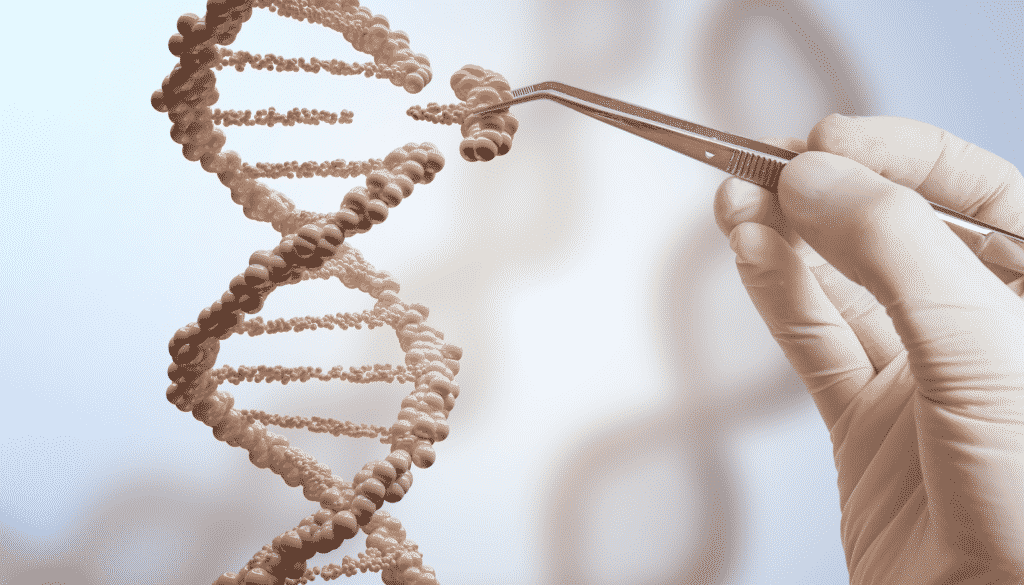Although DNA is one of the most famous biological molecules, not everyone understands it. If you are one of them, worry not because you will have learned all the basics you need to know about DNA by the end of this guide. To start with, DNA is deoxyribonucleic acid found in every cell of your body. It is the genetic code that carries the instructions for your body’s growth, development, reproduction, and functioning. This genetic code brings out differences in people; for instance, some people have blue eyes, and others brown. It tells us why some people are prone to certain diseases or why animals are different.
What is DNA
In simple words, DNA refers to a long molecule that contains your unique genetic code. It carries the information for building proteins that your body needs to function. This DNA information is transmitted from generation to generation. Around half of the DNA comes from the father and the other half from the mother in a child.
According to the eurofines genomics blog, DNA is not only found in humans but is also found in other organisms and contains the genetic information and genes that make them unique. The entire set of your DNA is known as the genome, with roughly 3billion bases, 23 chromosomes, and 20,000genes. Genes make only 1% of your genome, and the others control what, when, and how your body’s proteins are produced.
What about DNA damage?
You may be surprised to know that DNA is also susceptible to damage. According to DNA experts at eurofines genomics blog, it is estimated that thousands of DNA damage occur every day in your cells due to things such as exposure to UV radiation, free radicals, or even errors in DNA replication. However, the human body has unique proteins that repair any damaged DNA.
What is DNA mutation?
DNA mutation refers to a change in your DNA sequence, and it can be detrimental because it can impact the way a protein is created. You may have heard cases where mutations have caused cancer. What happens is that when a mutation occurs on the genes coding for cellular growth, the body cells might start proliferating and divide out of control. And while some mutations can be acquired due to exposure to carcinogens such as cigarette smoke, UV rays, and chemicals, others can be inherited. However, some mutations are not harmful, and they contribute to the uniqueness of subspecies. Polymorphism is a term used to refer to DNA changes that happen to more than 1% of a population, for example, the hair or eye color.
What is the link between DNA and aging?
One thing to note is that DNA can increase as you age-accelerating the aging process. But that may result from free radicals. The other explanation is based on the evolution theory. Experts claim that DNA gets repaired well when you are in the reproductive age, and after that, the DNA repair process deteriorates.
Another theory that explains DNA and aging is telomeres, stretching DNA sequences at the end of each chromosome. They serve the role of protecting the DNA from damage, but they usually shorten after every round of DNA replication.
The bottom line
DNA is the reason behind all the beauty of life on earth.

